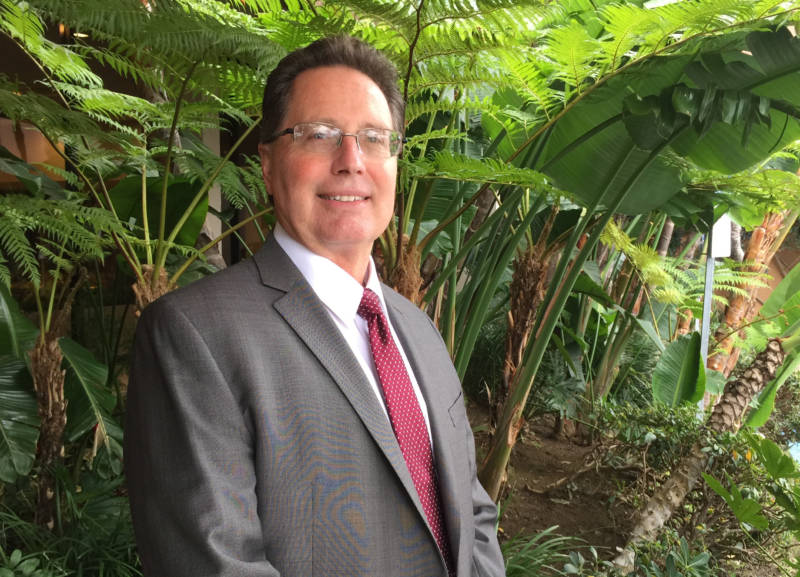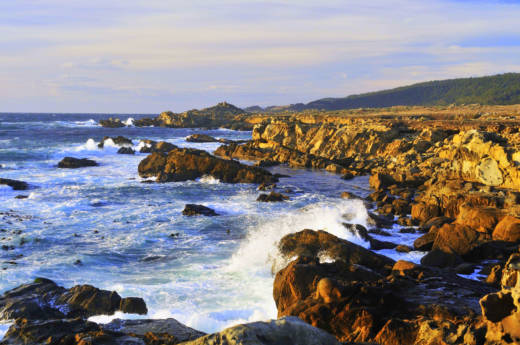The new executive director of the California Coastal Commission, Jack Ainsworth, says his appointment demonstrates the Commission’s commitment to coastal protection and that his recommendations to Commissioners will be based on science and facts. Ainsworth took the helm as executive director in February, after a tumultuous year in which environmental advocates accused the Commission of firing the previous director to please developers.
KQED’s Brian Watt talked with Ainsworth recently about his priorities, and how he plans to handle threats from the Trump administration to undo environmental protections. Here’s a transcript of that conversation, edited for brevity.
Watt: Let’s imagine you have a crystal ball. What do you want to see along California’s coast in fifty years, given the challenges of balancing development and protection?
Ainsworth: One would be one continuous coastal trail along the entire state of California, and we’re working towards that goal right now. The other thing is I want to see is sandy beaches along our coastline. I want to see communities that are not affected by the rising seas we see from climate change. The rising sea levels over the next 50 to 100 years are going to be the biggest threat to California. So ensuring we are building and planning for resilient communities is really going to be a critical part of what we’re about going forward. We have an $18 billion coastal tourism and recreation economy in California and that is threatened.

Watt: Well let’s talk about California and this new administration. President Trump has called climate change a “hoax.” He’s promised to cut regulations. Is the current atmosphere in Washington a threat to California’s coastline?
